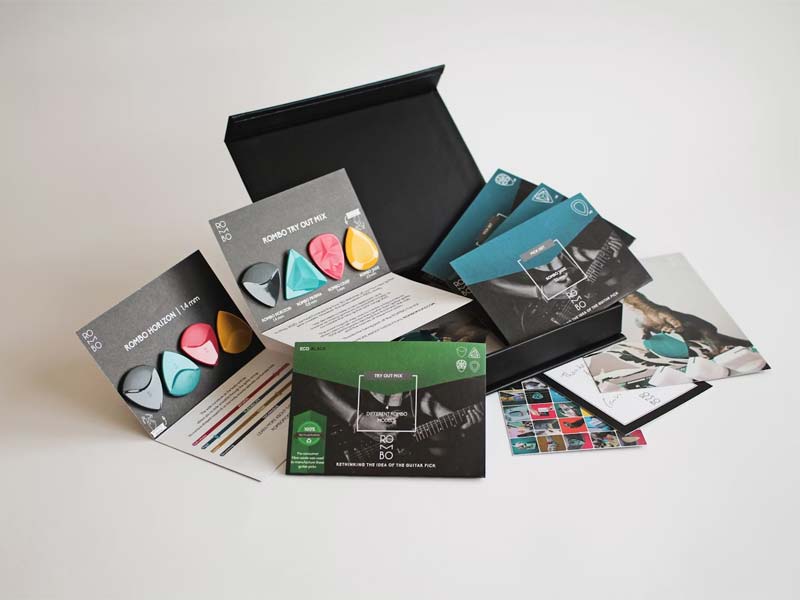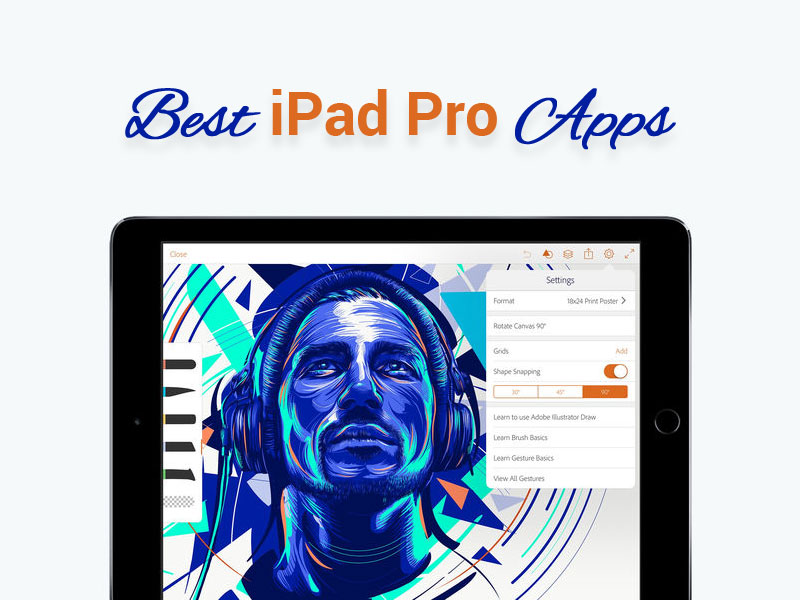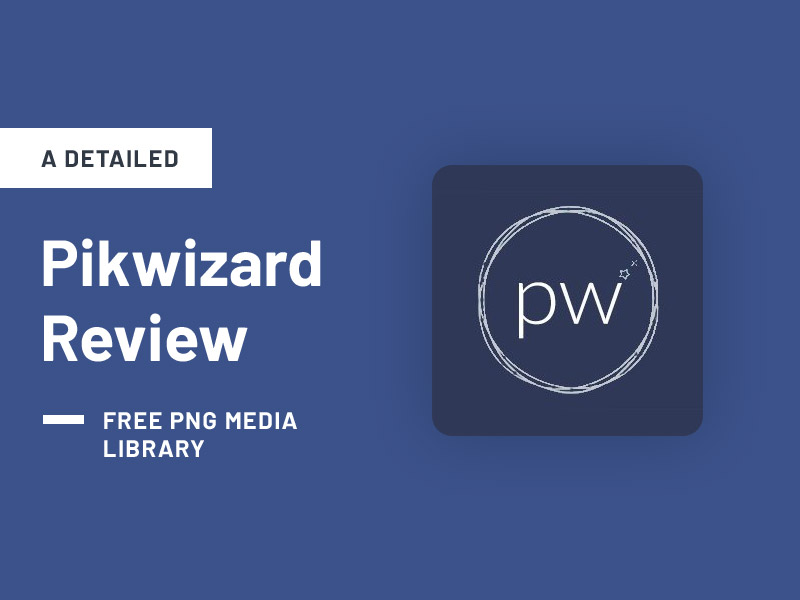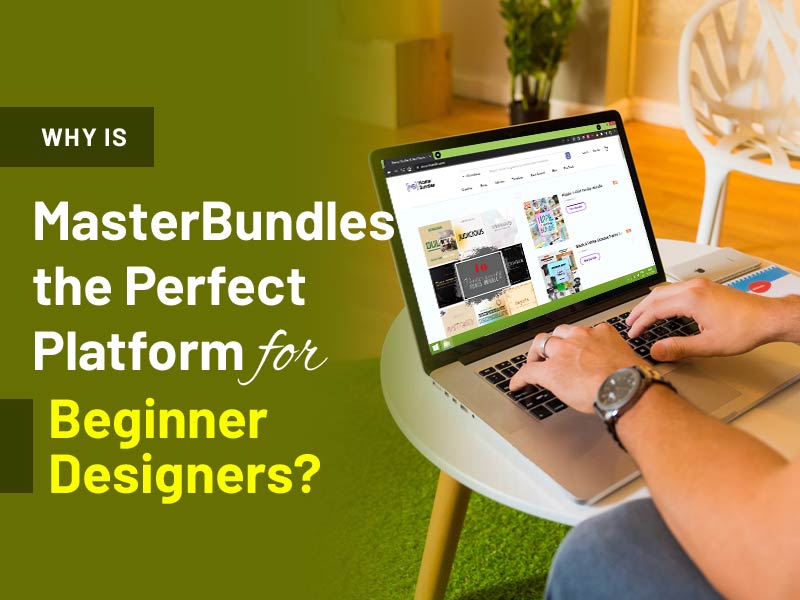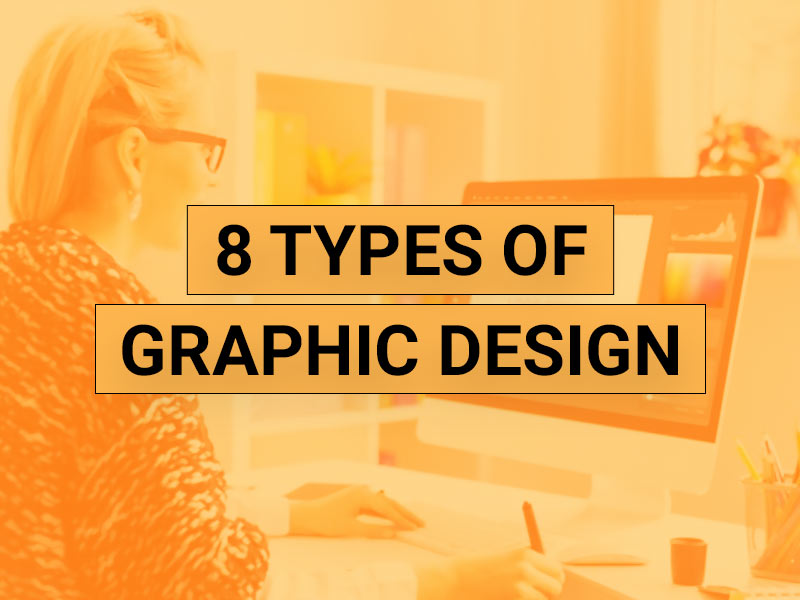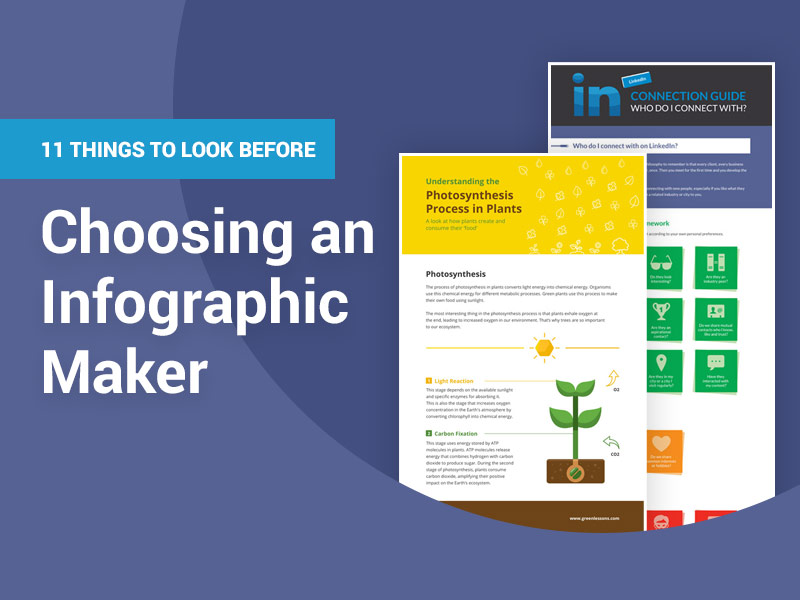In today’s fast-paced world, where digital marketing dominates, the power of a well-designed product brochure should not be underestimated. Despite the increase of online advertising and social media, a beautifully crafted brochure remains a timeless and effective tool for showcasing products and services. Whether you’re in the fashion, technology, or hospitality industry, a thoughtfully designed brochure can captivate your audience and leave a lasting impression. This guide will explore the fundamental elements and strategies for creating a stunning product brochure that resonates with various industries.
Understanding Your Audience
Prior to delving into the design phase, grasping the intricacies of your target audience is paramount. Each industry caters to distinct demographics, necessitating a tailored approach in brochure creation. Engage in thorough market research to ascertain key demographic details including age, gender, income level, and interests. Armed with this insight, you can customize your design and messaging to identify with your target demographic, fostering a deeper connection and greater engagement with your audience.
Define Your Objectives
What do you aim to achieve with your product brochure? Defining clear objectives will guide your design decisions, whether it’s increasing brand awareness, driving sales, or showcasing new products. Your objectives will influence everything from the layout and visuals to the messaging and call-to-action (CTA). Remember your objectives throughout the design process to ensure your brochure effectively communicates your intended message.
Craft Compelling Content
In crafting a compelling product brochure, the significance of content cannot be overstated. Your content serves as the cornerstone of your brochure’s success, demanding conciseness, informativeness, and engagement. Emphasize your products or services’ distinctive features and advantages, employing persuasive language to captivate your audience. Integrate attention-grabbing headlines, concise bullet points, and visually striking imagery to enhance readability and maintain reader interest. Prioritize thorough proofreading to guarantee error-free, professionally polished content that leaves an impression on your audience.
Choose the Right Design Elements
The design of your brochure holds immense sway in captivating your audience’s attention. Opt for a design that harmonizes with your brand identity and strikes a chord with your target demographic. Deliberate on aspects such as color palette, typography, and imagery to create a cohesive visual experience. Employ top-notch images that showcase your products or services in their most favorable light, reinforcing their appeal to your audience. By meticulously crafting your brochure’s design, you can effectively capture attention and leave an impression on your audience. Incorporate your brand’s colors and fonts to maintain consistency across all marketing materials. Incorporating the Price List Maker by pagination.com can streamline the process of creating comprehensive and visually appealing product brochures for various industries.
Selecting the Right Format
There are various formats to choose from when designing a product brochure, including bi-fold, tri-fold, and booklet-style brochures. Consider the amount of information you need to convey and the size of your audience when selecting the format. Bi-fold brochures are ideal for simple, straightforward messages, while tri-fold brochures offer more space for detailed information. Booklet-style brochures are suitable for showcasing a wide range of products or services in a cohesive manner.
Focus on Visual Appeal
The significance of visual appeal cannot be overstated in the creation of a product brochure. Employ captivating graphics, photos, and illustrations to captivate your audience’s attention and leave a lasting impact. Consider investing in professional photography or sourcing high-quality stock images to showcase your offerings in their most compelling light. Pay careful attention to layout and whitespace, ensuring that your brochure exudes a sense of cleanliness, organization, and visual allure. By prioritizing visual elements, you can create a brochure that effectively resonates with your audience and reinforces your brand’s message.
Tell a Story
The power of storytelling can elevate your product brochure to new heights of memorability and impact. Implement storytelling techniques to forge an emotional bond with your audience and underscore the advantages of your products or services. Illuminate real-life anecdotes, testimonials, or case studies that demonstrate how your offerings have empowered customers to surmount challenges or realize their aspirations. Through a meticulously crafted narrative, you can distinguish your brand and etch a lasting imprint in the minds of your audience, fostering deeper engagement and brand loyalty.
Include a Strong Call-to-Action
Every product brochure should include a clear and compelling call-to-action (CTA) to encourage readers to take the next step. Whether it’s visiting your website, contacting your sales team, or making a purchase, your CTA should be specific, actionable, and easy to follow. Use persuasive language and design elements to draw attention to your CTA and make it stand out from the rest of the content. Make it as easy as possible for readers to take action by providing clear instructions and contact information.
Print and Distribution
Once your product brochure is designed, it’s time to print and distribute it to your target audience. Work with a reputable printing company to ensure high-quality printing and professional finishing. Consider factors such as paper quality, coating options, and quantity when choosing a printing method. Once printed, distribute your brochures through various channels, such as direct mail, trade shows, events, and in-store displays. Track the effectiveness of your distribution efforts and make adjustments as needed to maximize your reach and impact.
Utilize Sustainable Design Practices
In today’s environmentally conscious world, incorporating sustainable design practices into your product brochure can reduce your environmental impact and enhance your brand image. Choose eco-friendly printing materials like recycled paper or vegetable-based inks to minimize waste and pollution. Consider digital alternatives like e-brochures or online catalogs to reduce the need for physical copies. By embracing sustainability in your brochure design, you can attract eco-conscious consumers and showcase your commitment to environmental responsibility.
Tailor Your Design to Industry Specifics
While the fundamental principles of brochure design remain consistent across industries, it’s essential to tailor your design to your target industry’s specific needs and expectations. For example, the design elements and messaging that resonate with a fashion-conscious audience may differ significantly from those that appeal to a technology-oriented demographic. Take the time to research industry trends, competitor brochures, and customer preferences to ensure your design effectively communicates your brand’s unique value proposition within your industry.
Integrate Interactive Elements
Incorporating interactive elements into your product brochure can elevate the user experience and make your content more engaging and memorable. Consider adding a free QR code that links to product videos, interactive product demonstrations, or augmented reality experiences. Having the QR Codes with interactive features provide additional information and create opportunities for deeper engagement with your brand. Just ensure that the interactive elements are intuitive, easy to use, and enhance the overall effectiveness of your brochure.
Test and Iterate
After your product brochure has been meticulously designed and printed, it’s imperative to solicit feedback from your target audience and refine your design based on their insights. Utilize various methods such as focus groups, surveys, or A/B testing to gauge audience reactions and pinpoint areas for enhancement. Scrutinize metrics like engagement rates, conversion rates, and customer feedback to gauge the efficacy of your brochure design. Leverage this invaluable feedback to fine-tune your design and messaging for subsequent iterations, ensuring that your brochure remains impactful and resonates with your audience, ultimately driving tangible results for your business.
Stay Consistent Across Marketing Channels
Your product brochure represents a vital component of your broader marketing strategy, and it’s crucial to uphold consistency across all marketing channels to fortify your brand identity and messaging. Verify that your brochure’s design elements, imagery, and messaging are coherent with those on your website, social media platforms, and other marketing collateral. Consistency fosters trust and credibility among your audience, bolstering your brand’s image and simplifying the process for customers to identify and interact with your brand across diverse touchpoints. By maintaining consistency, you reinforce brand recognition and enhance the overall effectiveness of your marketing efforts.
Emphasize Benefits Over Features
While it’s essential to highlight the features of your products or services in your brochure, it’s equally crucial to emphasize the benefits they provide to your customers. Instead of simply listing technical specifications, focus on how your offerings solve problems, meet needs, or improve your customers’ lives. Use language that resonates with your audience’s aspirations, desires, and pain points. By framing your messaging around the benefits, you can create a more compelling case for why customers should choose your brand.
Incorporate Storytelling and Brand Narrative
A powerful way to connect with your audience on an emotional level is through storytelling and brand narrative. Use your product brochure as an opportunity to share the story behind your brand, the inspiration behind your products, or your company’s journey. Incorporate anecdotes, testimonials, or customer success stories to humanize your brand and create a sense of authenticity and relatability. A compelling narrative can help forge a deeper connection with your customers and differentiate your brand from competitors.
Design for Scannability and Readability
In today’s dynamic world, individuals often skim through content rather than delve into it word by word. Hence, crafting your product brochure with scannability and readability in mind is imperative. Employ headlines, subheadings, and bullet points to segment large chunks of text, rendering essential information readily accessible. Integrate sufficient whitespace and opt for legible fonts to ensure clarity, even at a cursory glance. Arrange your content logically and intuitively, seamlessly guiding readers through the brochure’s pivotal messages and details. By prioritizing scannability and readability, you enhance the likelihood of capturing and retaining your audience’s attention effectively.
Personalize the Experience
Personalization can substantially enhance the effectiveness of your product brochure by making it more relevant and engaging to individual recipients. Consider incorporating variable data printing to personalize each brochure with the recipient’s name, location, or other relevant information. Tailor the content and imagery to align with the recipient’s interests, preferences, or past interactions with your brand. By delivering a personalized experience, you can boost engagement, build rapport, and drive conversions.
Optimize for Mobile Viewing
In an increasingly mobile-centric world, optimizing your product brochure for viewing on smartphones and tablets is crucial. Ensure that your brochure is responsive and mobile-friendly, with layouts and fonts that adapt seamlessly to smaller screens. Consider creating a digital brochure that can be easily accessed and shared on mobile devices. By optimizing for mobile viewing, you can reach a broader audience and provide a better user experience, regardless of the device they’re using.
Measure and Analyze Performance
To truly understand the impact of your product brochure and refine its design for future iterations, robust measurement and analysis are indispensable. It’s crucial to track a range of key metrics, including engagement rates, conversion rates, and return on investment (ROI), to gauge the success of your brochure in achieving your marketing goals. Leveraging analytics tools and tracking codes enables you to monitor how recipients engage with your brochure online, from clicks on embedded links to downloads of digital versions. By meticulously collecting and analyzing data, you gain invaluable insights into the effectiveness of your brochure, identifying areas of success and uncovering opportunities for enhancement. This empirical approach empowers you to make informed decisions and continuously optimize your brochure design to maximize its impact and effectiveness.
Continuously Improve and Evolve
Finally, it’s important to recognize that the journey of designing a captivating product brochure is iterative. Embrace the opportunity to experiment with diverse design elements, messaging tactics, and distribution channels to discern what truly resonates with your audience. Invite feedback from customers, stakeholders, and industry mavens to glean invaluable insights and pinpoint areas ripe for enhancement. Through a process of continuous evolution and refinement, you can outpace the competition and uphold the longevity and efficacy of your marketing endeavors. Embrace change, adapt to shifting trends, and persistently refine your brochure design to ensure that it remains a potent tool for retaining your audience and driving business growth.
Conclusion
Crafting an exquisite product brochure across diverse industries demands meticulous planning, creativity, and an eye for detail. By comprehending your audience, establishing precise objectives, curating engaging content, and emphasizing visual allure, you can fashion a brochure that adeptly highlights your products or services and strikes a chord with your intended demographic. Whether navigating the realms of fashion, technology, or hospitality, a meticulously designed brochure can set you apart from competitors and propel your business forward.
Incorporating sustainable design, tailoring to industry nuances, integrating interactive features, and refining through testing facilitate the creation of a captivating brochure that yields tangible results for your brand. Consistency across all marketing platforms bolsters brand integrity and fosters trust with your audience. With strategic planning and execution, your product brochure emerges as a potent instrument for showcasing offerings and fostering business expansion.
